Recall a moment of intense physical pain. I remember when trying to move a table, one of the legs, which was the width of the table and had a metal T beam at the top, detached from the table and came crashing down on my foot. It was agony. All I could do was focus on the pain. We know how suffering sharply narrows our focus down to that single experience. And we naturally resist. But we also know that some pain is good. Athletes know this. But there are others who see suffering as the only path to God, seeing joy as hedonistic. This is also a narrow view.
Bursting Our Bubbles
 Our tendency to narrow-mindedness does not happen only with physical suffering but any kind of suffering, and even our worldview. Polarised politics and religion are by definition narrow, polarised views on one side or another. Is it about the life of an unborn child or the rights and protection of the mother? Is it full globalisation that dismisses unique cultures or an isolationism that protects one’s culture and worldview at all costs? We are not good at seeing any reality in the middle because we are blind to the bigger picture, or even a larger story. Richard Rohr’s teaching on the “cosmic egg” reminds us that we have to see outside of “my story” and the tribal “our story”, in order to see “the story”. But we must also listen to others’ stories. In other words, we need to get out of our bubbles and meet different people and have different experiences in order to see the larger picture. A person who never leaves their small rural town will naturally have a narrower worldview than someone who spends their life travelling the world. When we get outside our safe bubbles, we get out of dualistic thinking. Non-dual thinking is peering into the wholeness that God sees.
Our tendency to narrow-mindedness does not happen only with physical suffering but any kind of suffering, and even our worldview. Polarised politics and religion are by definition narrow, polarised views on one side or another. Is it about the life of an unborn child or the rights and protection of the mother? Is it full globalisation that dismisses unique cultures or an isolationism that protects one’s culture and worldview at all costs? We are not good at seeing any reality in the middle because we are blind to the bigger picture, or even a larger story. Richard Rohr’s teaching on the “cosmic egg” reminds us that we have to see outside of “my story” and the tribal “our story”, in order to see “the story”. But we must also listen to others’ stories. In other words, we need to get out of our bubbles and meet different people and have different experiences in order to see the larger picture. A person who never leaves their small rural town will naturally have a narrower worldview than someone who spends their life travelling the world. When we get outside our safe bubbles, we get out of dualistic thinking. Non-dual thinking is peering into the wholeness that God sees.
Ignatius invites us to this in his contemplation of the incarnation, where we imagine God gazing with love upon a world with lots of black and white and grey. God holds all of it together. Life is more complex than we like to think. Yet in other ways it is more unified than we think. Non-dual thinking holds the complexity of life in its mystery while also seeing its unity.
Seeing a Larger Reality
Consider the story of the disciples on the road to Emmaus. They had just experienced the pain of losing what they thought was their life’s hope. The one they thought was the messiah had just been executed. They looked sad and hopeless. Their view was narrowly focused on what had been lost, what had ended. When the risen Jesus encounters them on the road their view is so narrow that they don’t even recognise him. The disciples didn’t see the big picture despite that bigger picture being laid out in scripture and in what Jesus had told his disciples, that he had to die and rise. Finally, Jesus chimes in, “‘Oh, how foolish you are, and how slow of heart to believe all that the prophets have declared! Was it not necessary that the Messiah should suffer these things and then enter into his glory?’ Then beginning with Moses and all the prophets, he interpreted to them the things about himself in all the scriptures.” In other words, Jesus says, “Look again!”
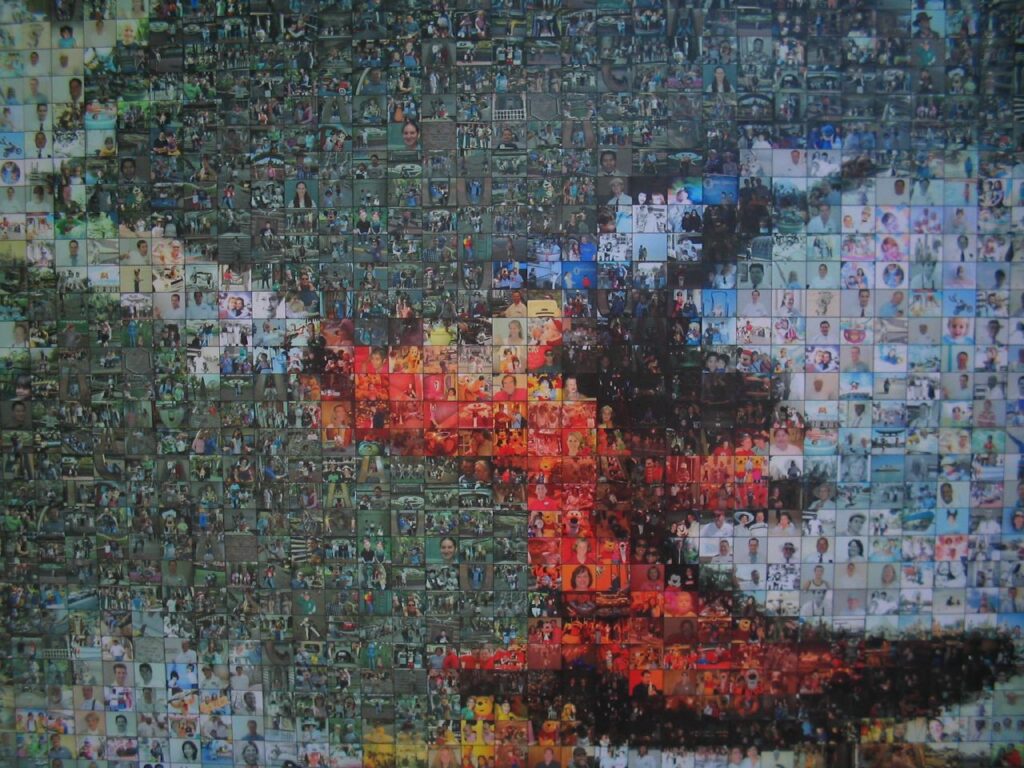
Photo by jeco on Flickr – CC BY-NC-SA 2.0
He shows us a new reality, a kingdom reality: “Look again!” he says, and the Centurion returns home and finds his servant well. Lazarus is not dead but walks out alive. Jairus’ daughter is not dead but just sleeping. It’s as if Jesus’ words open our eyes to this bigger reality. We’re removed from the seeming senselessness of suffering, we’re freed from our hyper-focused thinking. We’re given a telescope rather than a microscope.
You know those mosaics that are made up of tiny little photos? You look closely and see a picture of a tree or a person, but when you step back you see that there are hundreds of tiny photos that make up a larger image. We have to zoom out and see that there are other ways of seeing things. In fact, we’re more likely to find our way if we see the entire route on a map rather than a tiny segment of it. If Google Maps is guiding me northwest and I’m travelling south I may assume I’m headed in the wrong direction. In fact sometimes I rely on GPS so much that I don’t even know where I am. But when I zoom out the map I can see that my northwest direction is actually part of an overall southerly route. I can see where I came from and where I’m going only when I see the bigger picture.
Here is a challenge for you:
- Consider a worldview or a stance you are convicted by. Perhaps it’s a political or a religious issue.
- Bring to mind an opposing view. Be curious about it.
- Ask yourself: What do I need to do to understand why someone might have that view? This is an invitation to look again at the stories and narratives that you hold, and to wonder about another person’s stories and narratives.
- Is it possible to compassionately understand why someone would hold a view different than your own?
- What parts of your story and your reality shape your worldviews?
These questions draw you into a contemplative stance, a long, loving look at the real. Moments for quiet prayer and reflection offers us an opportunity to see the larger picture with a bit more openness. We might even see our neighbour a bit more lovingly. Listening and taking in the wider view is the only way we can enter dialogue with one another.
Related posts:
Listen to the podcast version of this post…

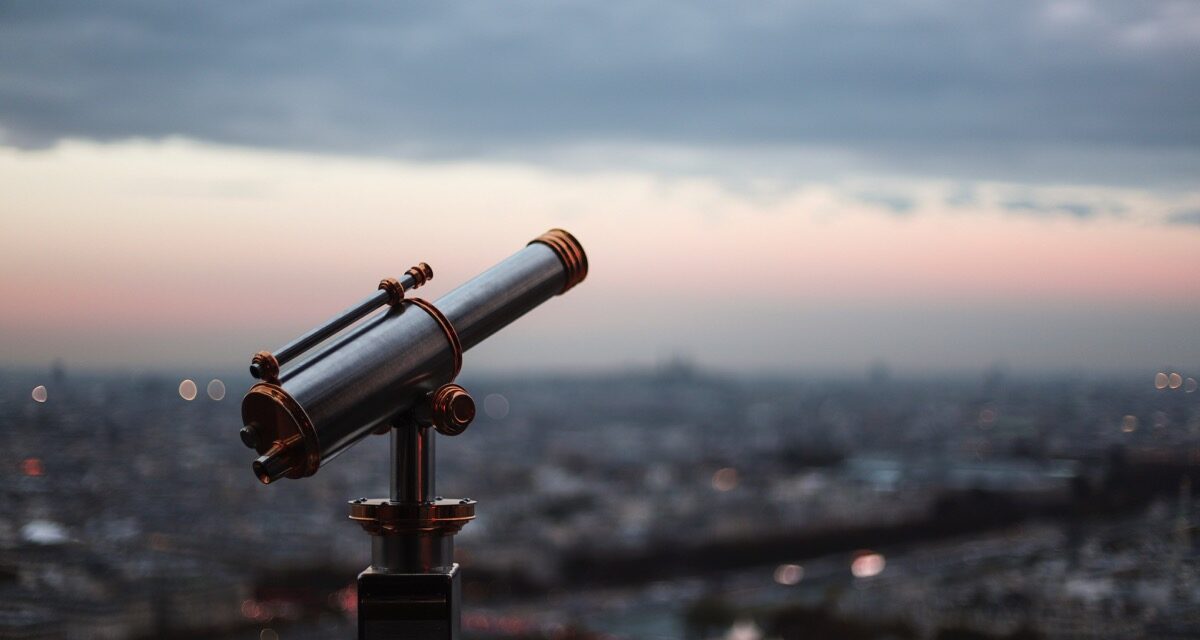

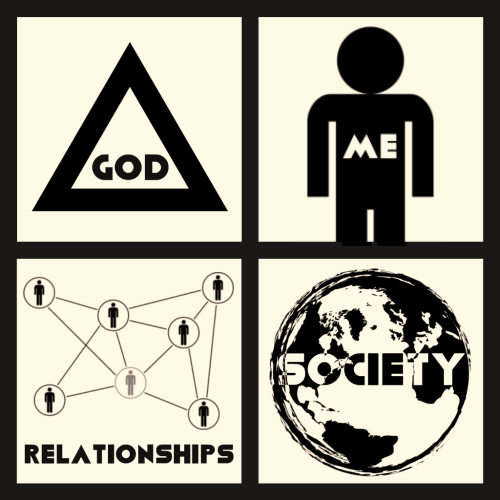


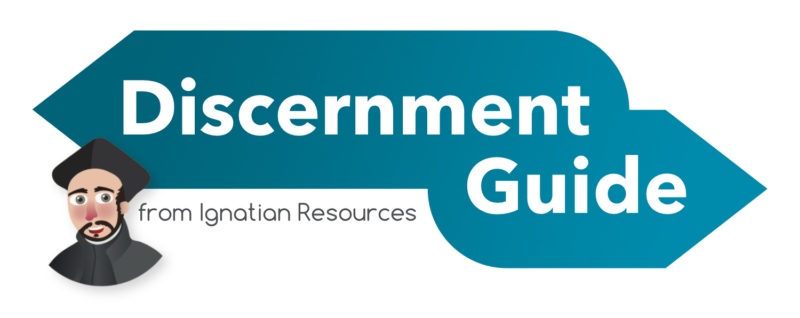
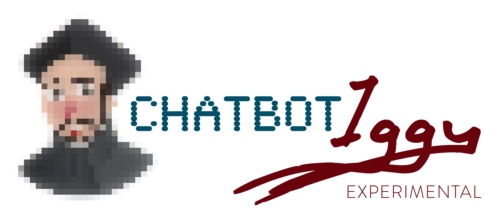
Awesome and timely post. Thank you!
Excellent, encouraging, thought-provoking post, Andy. I will, as I often do, quote you: “Non-dual thinking is peering into the wholeness that God sees.” As always, thank you for giving your gifts to God’s Grace in our world.